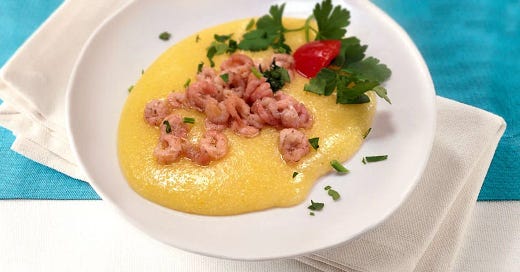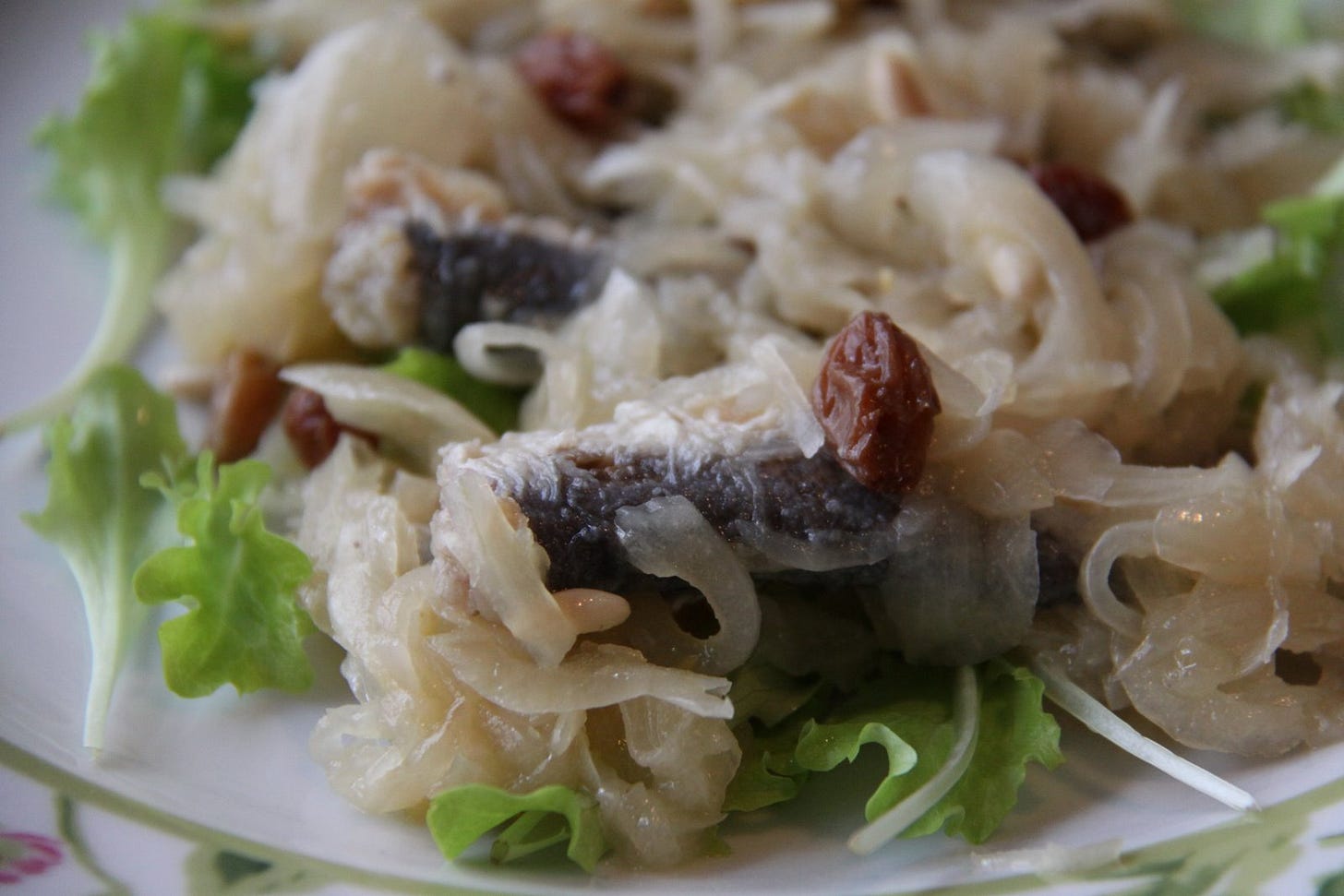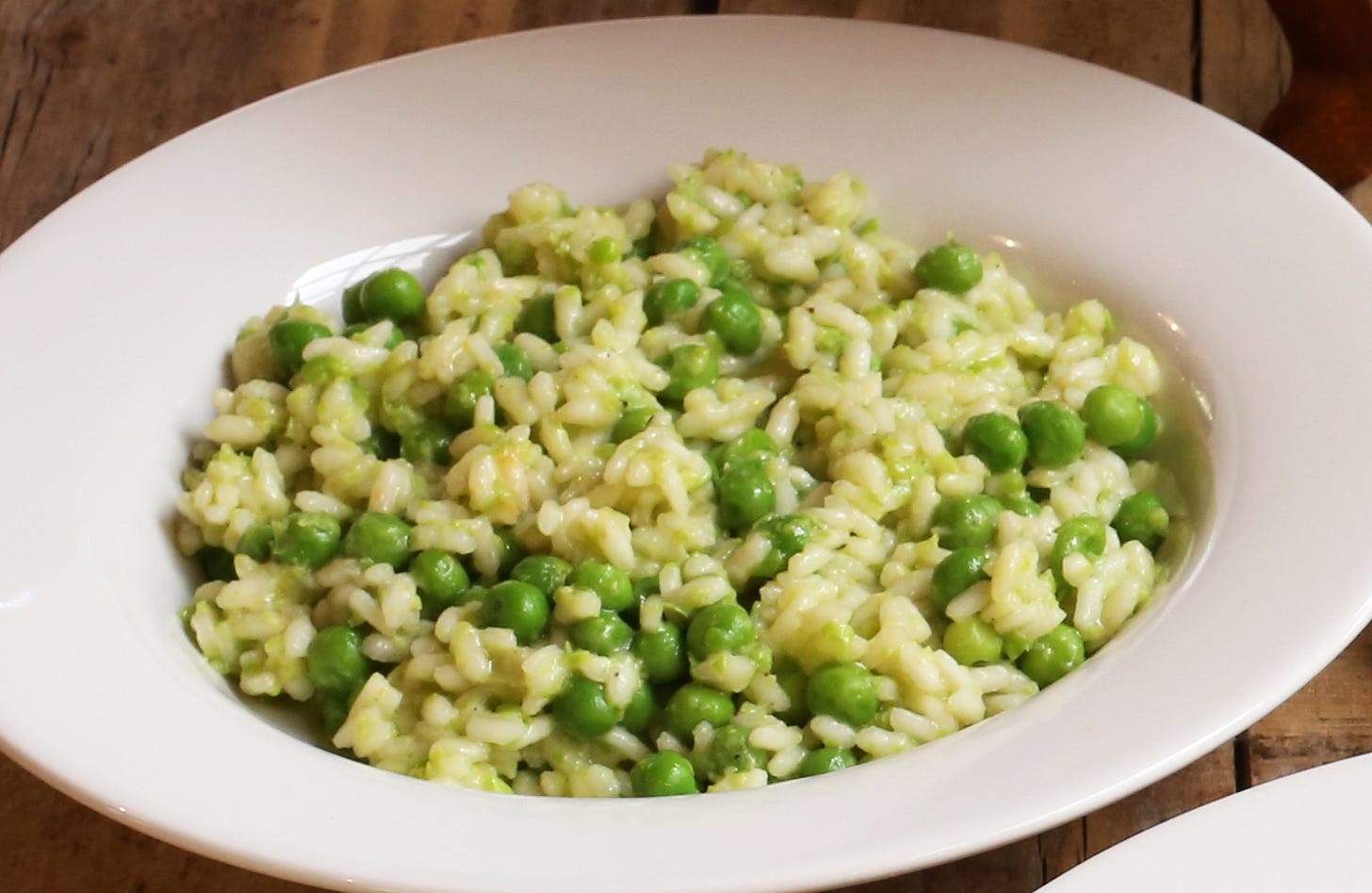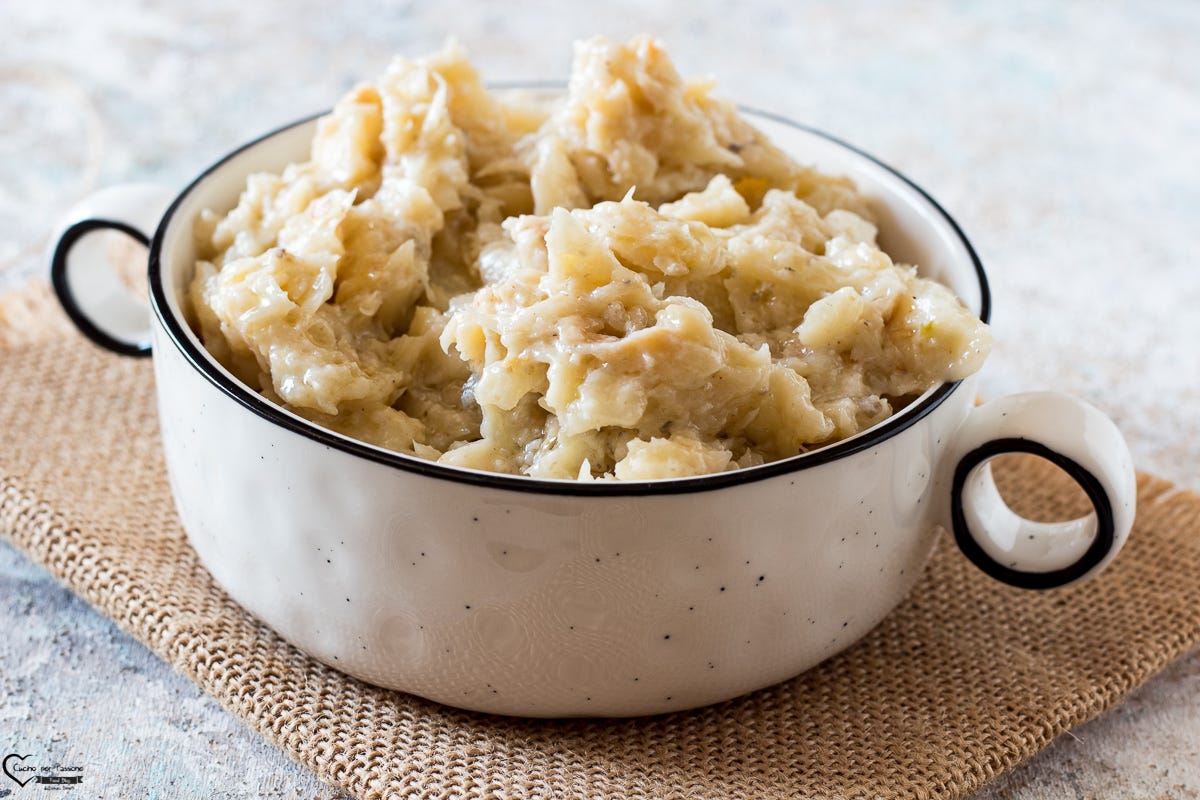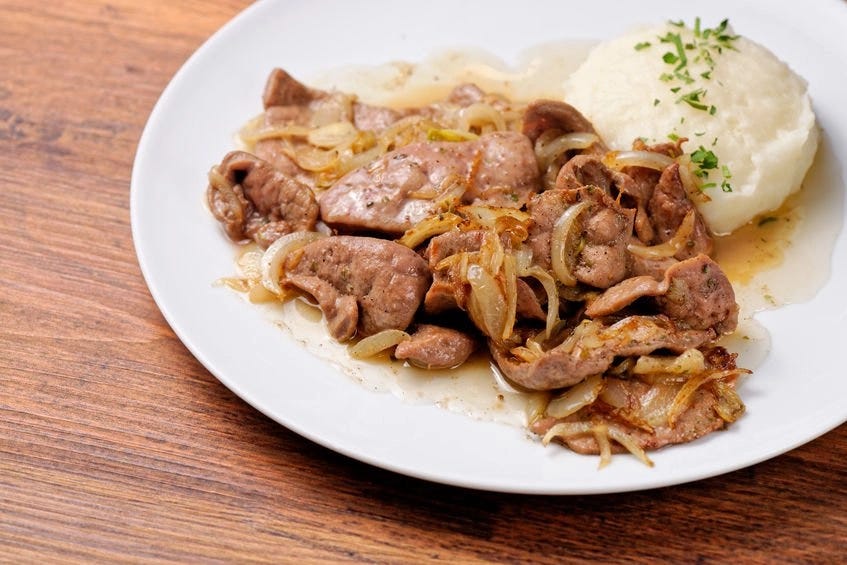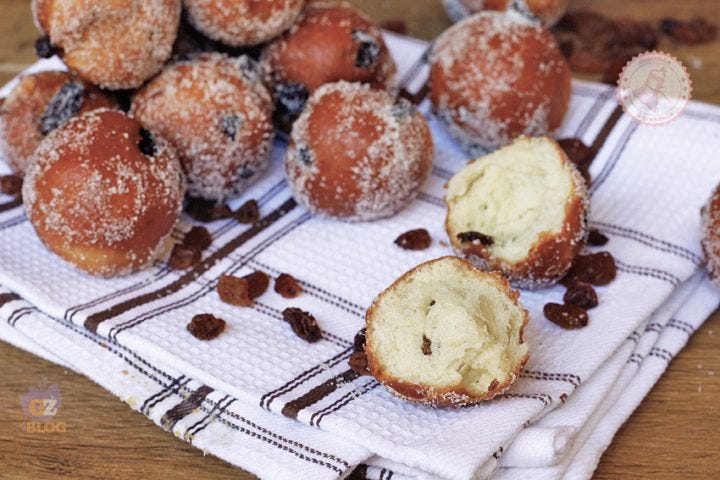Introduction
Venetian cuisine is a culinary tapestry woven from centuries of history, culture, and geography. As one of Europe's most iconic regional cuisines, it reflects the unique identity of Venetia, with its blend of coastal influences, inland traditions, and international trade legacies. From the bustling canals of Venice to the verdant plains of Verona and the charming towns of Vicensa, the flavors of Venetian cuisine tell a story of resilience, creativity, and community.
Nestled in the heart of the Adriatic Sea, Venice has long been a hub of maritime trade, connecting East and West and welcoming a diverse array of cultures and ingredients. The Venetian Republic's dominance in international commerce during the Middle Ages and Renaissance era not only enriched the city's coffers but also infused its culinary landscape with spices, herbs, and culinary techniques from around the world.
At the heart of Venetian cuisine lies a reverence for simplicity and quality. Fresh seafood harvested from the lagoon, tender meats sourced from local farms, and seasonal vegetables cultivated in the region's fertile soil form the foundation of Venetian dishes. Połenta, once a humble peasant food, has ascended to a position of gastronomic prominence, while rizoto, with its creamy texture and versatile flavor combinations, remains a beloved staple of Venetian tables.
In this article, we embark on a journey through the culinary delights of Venetian cuisine, exploring its origins, key ingredients, iconic dishes, and dining traditions. From the salty tang of sarde in saor to the comforting richness of figà a ła venesiana, each bite offers a glimpse into the vibrant tapestry of Venetian gastronomy.
So join us as we delve into the flavors of Venice and beyond, savoring the tastes and traditions that have shaped this beloved culinary heritage.
Origins and Influences
Venetian cuisine's origins are deeply intertwined with the city's unique geographical location and historical context. Situated on a network of islands in the Venetian Lagoon, Venice has historically relied on its access to the sea for sustenance and trade. The abundance of seafood in the lagoon, including fish like sardines, squid, and shrimp, has long been a cornerstone of Venetian cuisine. Fishermen ply the waters in traditional boats, hauling in fresh catches that find their way onto the plates of locals and visitors alike.
Beyond the lagoon, Venice's status as a maritime powerhouse allowed it to establish trade routes that stretched across the Mediterranean and beyond. Spices, herbs, and exotic ingredients from the Far East, the Middle East, and North Africa flowed into the city's bustling markets, influencing the flavors and techniques of Venetian cooking. The spice trade, in particular, played a crucial role in shaping Venetian cuisine, adding depth and complexity to dishes through the use of ingredients like saffron, cinnamon, and cloves.
The Venetian Republic's dominance in international trade also had a profound impact on the city's culinary culture. Wealthy merchants and aristocrats lavished their tables with luxurious ingredients sourced from distant lands, while the lower classes made do with more humble fare. Despite these disparities, Venetian cuisine remained rooted in a spirit of innovation and adaptation, blending local ingredients with exotic imports to create dishes that were at once familiar and exotic.
Today, Venetian cuisine continues to evolve, drawing inspiration from its rich culinary heritage while embracing modern trends and influences. Chefs across the region reinterpret traditional recipes with contemporary flair, incorporating seasonal ingredients and innovative techniques to create dishes that honor the past while looking towards the future. And yet, at its core, Venetian cuisine remains a celebration of simplicity, quality, and the timeless pleasures of good food shared with loved ones.
Key Ingredients and Flavors
Venetian cuisine is characterized by its emphasis on fresh, high-quality ingredients and simple yet flavorful preparations. From the bountiful seafood of the lagoon to the rich meats and hearty grains of the inland plains, each ingredient plays a vital role in creating the distinctive flavors of Venetian dishes.
Seafood takes center stage in many Venetian recipes, reflecting the city's maritime heritage and close connection to the sea. Local favorites include sarde (sardines), sepe (cuttlefish), and moeche (soft-shell crab), all of which are often prepared with minimal seasoning to allow their natural flavors to shine. Other popular seafood dishes include bacałà (salted cod), served in a variety of preparations, and rizoto de gò, made with the small fish known as grass goby.
In addition to seafood, Venetian cuisine makes ample use of fresh vegetables and herbs, many of which are grown in the fertile plains surrounding the city. Raicio, asparagus, and artichokes are just a few of the vegetables commonly found in Venetian dishes, while aromatic herbs like parsley, basil, and thyme add depth and complexity to sauces and seasonings.
One of the most iconic ingredients in Venetian cuisine is połenta, a creamy porridge made from finely ground cornmeal. Originally a staple food of the region's poorer residents, połenta has since become a beloved component of Venetian gastronomy, often served alongside grilled meats, seafood, or hearty stews.
The flavors of Venetian cuisine are further enhanced by the use of local olive oil, vinegar, and wine, which add richness and acidity to many dishes. Olive oil, in particular, is prized for its fruity flavor and smooth texture, and is used both for cooking and as a finishing touch drizzled over salads, soups, and grilled vegetables.
Overall, the key to Venetian cuisine lies in its celebration of fresh, seasonal ingredients and its focus on simple yet delicious preparations that allow the natural flavors of the ingredients to shine through. Whether enjoyed in a traditional tratorìa or a modern fine dining restaurant, Venetian dishes offer a taste of the region's rich culinary heritage and a glimpse into its vibrant food culture.
Iconic Dishes and Regional Specialties
Venetian cuisine boasts a rich tapestry of iconic dishes and regional specialties that showcase the diversity and creativity of the region's culinary heritage. From hearty seafood stews to delicate pastries, each dish tells a story of tradition, culture, and local ingredients.
One of the most iconic dishes in Venetian cuisine is sarde in saor, a flavorful dish of fried sardines marinated in a sweet and sour sauce made with onions, vinegar, raisins, and pine nuts. This dish dates back centuries and is traditionally served as a cicheti, or small snack, in Venetian wine bars known as bàcari.
Another beloved Venetian specialty is rizoto, a creamy rice dish cooked with broth and flavored with a variety of ingredients. One popular variation is rizi e bizi, a simple yet delicious rizoto made with fresh peas and panseta. Another is rizoto de gò, made with the grass goby fish native to the Venetian lagoon, which lends the dish a delicate flavor and creamy texture.
For seafood lovers, bacałà a ła vizentina is a must-try dish. This creamy salted cod stew is flavored with onions, milk, and anchovies, and is often served with soft połenta or grilled połenta cakes. Similarly, sepe a’l nero showcases the rich flavors of cuttlefish cooked in its own ink, resulting in a striking black sauce that pairs beautifully with pasta or rizoto.
On the meatier side of the spectrum, figà a ła venesiana is a classic Venetian dish featuring thinly sliced calf liver sautéed with onions and white wine. This dish is often served with creamy połenta and is a favorite among locals and visitors alike.
No exploration of Venetian cuisine would be complete without indulging in the region's decadent desserts. Baìcołi, delicate biscuits dipped in coffee, and frìtołe, sweet fried dough balls often filled with cream or fruit, are popular treats enjoyed during festivals and special occasions.
These are just a few examples of the many iconic dishes and regional specialties that make Venetian cuisine so unique and beloved. Whether you're savoring a bowl of creamy rizoto or indulging in a sweet pastry, each bite offers a taste of the rich culinary heritage of the Veneto region.
Dining Culture and Traditions
Venetian dining culture is steeped in tradition and rituals that reflect the region's rich history and social customs. From the bustling bàcari to elegant tratorias, the Veneto offers a diverse array of dining experiences that cater to every palate and occasion.
A typical Venetian meal unfolds in several courses, each carefully curated to showcase the flavors and ingredients of the region. The meal often begins with an aperitif, a pre-dinner drink designed to stimulate the appetite and whet the palate. Popular choices include spritz, a refreshing cocktail made with prosecco, Aperol, and soda water, or a glass of local wine.
Following the aperitif, diners move on to the antipasto, or appetizer course, which typically features a selection of small plates highlighting local ingredients such as seafood, cured meats, and cheeses. Cicheti, small snacks or tapas-like dishes, are a popular choice for antipasti and are often enjoyed with a glass of wine or prosecco in Venetian wine bars.
Next comes the primo, or first course, which is usually a pasta dish or rizoto. From creamy rizoto de pese made with fresh seafood to hearty pasta e fazói, a bean soup with pasta, the primo showcases the versatility and creativity of Venetian cuisine.
The secondo, or main course, typically features meat or fish dishes accompanied by seasonal vegetables or salads. Figà a ła venesiana, grilled branzin, and braised beef with Amarone wine are just a few examples of the delicious mains you might find on a Venetian menu.
To round out the meal, diners enjoy a selection of contorni, or side dishes, which often include roasted vegetables, połenta, or insalata mista (mixed salad). Local cheeses and seasonal fruits may also be served as a palate cleanser before dessert.
Speaking of dessert, no Venetian meal is complete without indulging in a sweet treat. From classic tiramisu to delicate baìcołi biscuits dipped in coffee, Venetian desserts are a celebration of Venetia's rich culinary heritage and are often enjoyed with a cup of espreso or an amaro, such as graspa or prunja, to aid in digestion.
As diners linger over their meal, enjoying lively conversation and savoring the flavors of the region, it becomes clear that Venetian dining is about more than just food—it's a celebration of life, community, and the timeless pleasures of good company and great cuisine.
Contemporary Trends and Innovations
While Venetian cuisine is deeply rooted in tradition, it also embraces innovation and modern culinary trends. In recent years, chefs across the Veneto region have been reimagining classic recipes and techniques, infusing them with fresh ideas and creative twists to appeal to modern tastes.
One notable trend in contemporary Venetian cuisine is the emphasis on seasonal and locally sourced ingredients. Chefs are increasingly partnering with local farmers, fishermen, and producers to showcase the bounty of the region's land and sea. By highlighting the flavors of the Veneto's diverse terroir, these chefs are able to create dishes that are not only delicious but that also sustain the local economy.
Another trend gaining popularity in Venetian gastronomy is the use of modern cooking techniques and presentation styles. Chefs are experimenting with sous vide cooking, molecular gastronomy, and other innovative methods to elevate traditional dishes and create new culinary experiences. This fusion of old and new allows diners to enjoy the familiar flavors of Venetian cuisine in exciting and unexpected ways.
Additionally, there has been a growing interest in reviving ancient recipes and forgotten ingredients from Venetian culinary history. Chefs are delving into archival cookbooks and historical records to rediscover traditional dishes and techniques that have been lost to time. By reintroducing these forgotten flavors to modern audiences, they are preserving the rich heritage of Venetian cuisine for future generations to enjoy.
Beyond the kitchen, contemporary Venetian dining experiences are also evolving to meet the demands of today's diners. Pop-up restaurants, food festivals, and culinary tours offer visitors the opportunity to explore the diverse flavors of the Veneto region and interact with local chefs and producers. Meanwhile, farm-to-table initiatives and sustainable dining practices are becoming increasingly prevalent, reflecting a growing awareness of the importance of responsible food sourcing and consumption.
In conclusion, while Venetian cuisine remains firmly rooted in tradition, it is also evolving to embrace the opportunities and challenges of the modern culinary landscape. With its focus on quality ingredients, creative innovation, and a deep respect for culinary heritage, contemporary Venetian cuisine continues to captivate diners from around the world, offering a taste of the past, present, and future of this vibrant culinary tradition.
Culinary Tourism and Authentic Experiences
Culinary tourism has become increasingly popular in Venice and the wider Veneto region, as visitors seek immersive experiences that allow them to explore the rich gastronomic heritage of the area. From guided food tours to hands-on cooking classes, there are numerous opportunities for travelers to delve into the world of Venetian cuisine and discover its secrets firsthand.
One of the most iconic culinary experiences in Venice is the cicheti crawl, a leisurely tour of the city's bacari (wine bars) where guests can sample an array of small bites and traditional snacks. Led by knowledgeable guides, these tours offer insight into the history and culture of Venetian cuisine while providing ample opportunity to mingle with locals and fellow food enthusiasts.
For those interested in a more interactive experience, cooking classes offer the chance to learn from local chefs and master the art of Venetian cooking. Participants can visit bustling markets to select fresh ingredients, then roll up their sleeves and get hands-on experience preparing classic dishes like rizoto, seafood pasta, and tiramisù. Cooking classes often culminate in a shared meal where guests can enjoy the fruits of their labor and toast to newfound culinary skills.
Beyond the city limits of Venice, the Veneto region offers a wealth of culinary treasures waiting to be discovered. Wine enthusiasts can explore the vineyards of Val Połezeła, Soave, and Prosecco Hills, tasting their way through the region's renowned varietals and learning about the winemaking process from local producers. Meanwhile, cheese lovers can visit dairy farms in the Aziago plateau to sample artisanal cheeses like Aziago and Monte Veroneze, paired with local honey and preserves.
Food festivals and events are also popular attractions for culinary tourists, offering the chance to indulge in seasonal specialties and traditional fare in a festive atmosphere. From the Festa de’l Redentor in Venice to the Sagra de’l Bizato (Eel Festival) in Comacio, there are celebrations throughout the year that showcase the diverse culinary traditions of the Veneto region.
Overall, culinary tourism provides visitors with a unique opportunity to engage with the culture, history, and flavors of Venice and the Veneto region in a meaningful and memorable way. By immersing themselves in the local food scene, travelers can gain a deeper appreciation for the region's culinary heritage while creating lasting memories of their time in this gastronomic paradise.


